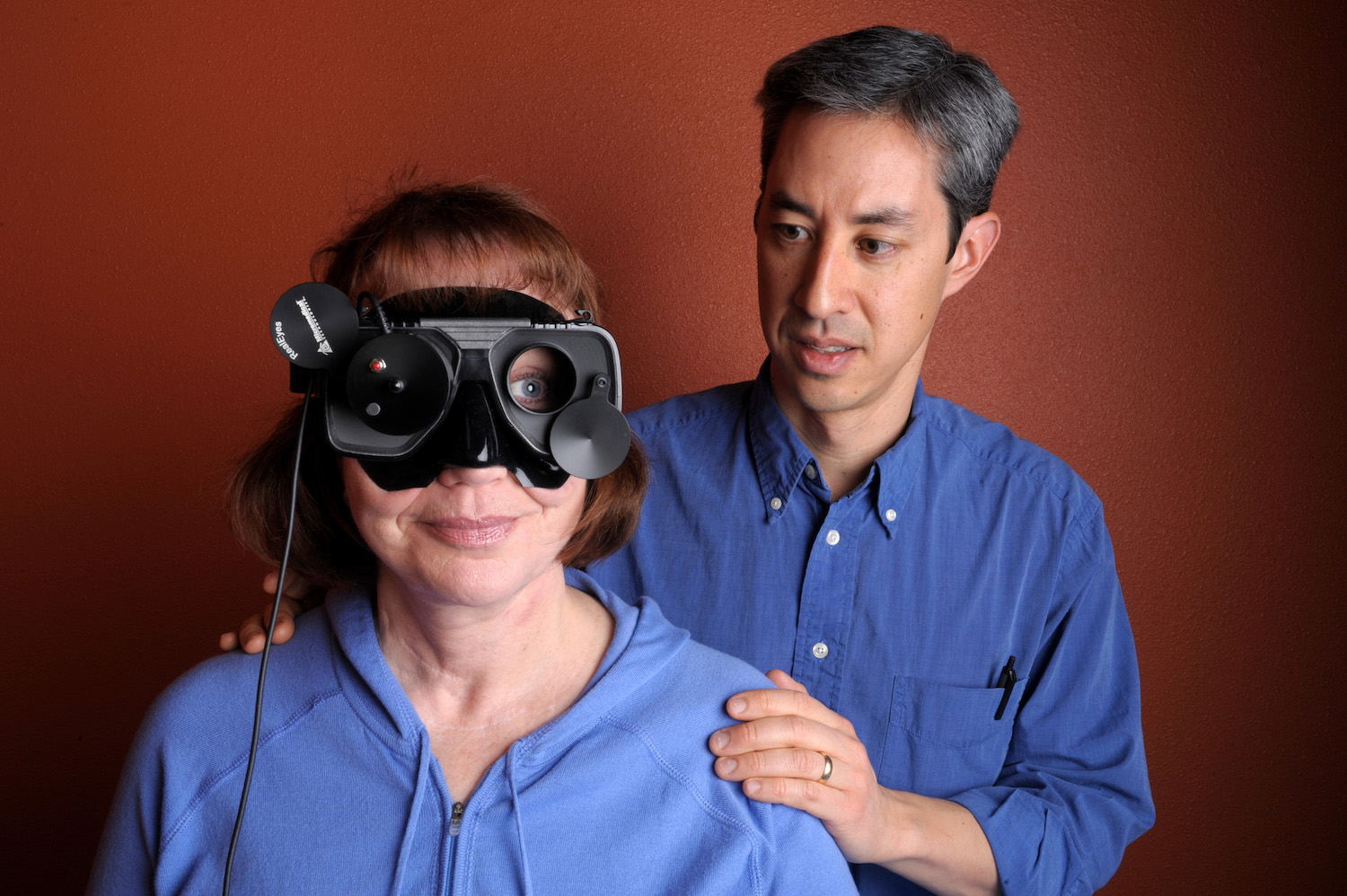
 In 2009, Rebound physical therapist Stuart Johnson saw a need that he could meet. At the time, Central Oregon patients requiring vestibular rehabilitation — a specialized form of PT that uses specific exercises to treat dizziness and balance problems — had to drive to Portland for treatment.
In 2009, Rebound physical therapist Stuart Johnson saw a need that he could meet. At the time, Central Oregon patients requiring vestibular rehabilitation — a specialized form of PT that uses specific exercises to treat dizziness and balance problems — had to drive to Portland for treatment.
“There was a gap (in care) that I was really interested in filling,” said Johnson, who has worked for Rebound for almost 20 years. After obtaining certification in vestibular rehabilitation from the American Physical Therapy Association and Emory University (Atlanta, Georgia), Johnson has built and directed Rebound’s Vestibular Rehab Program for the past 11 years.
According to Johnson, vestibular rehab encompasses a wide range of conditions with many different causes. He frequently treats benign positional vertigo (BPV): a disorder caused by crystals that are displaced and tumble around in the semicircular inner ear canals, which signals the brain that the head is moving, creating the sensation of spinning called vertigo.
Luckily, the disorienting condition is very treatable, according to Johnson. Since BPV is associated with abnormal eye movement, Rebound specialists use goggles equipped with infrared video cameras to record eye movement and discern which semicircular canal is involved.
Based on that information, vestibular rehab specialists then perform a number of maneuvers to manipulate the head and reposition crystals within the inner ear. Treatment works quickly, with most patients’ symptoms resolving completely after two or three visits, said Johnson.
BPV is not the only cause of dizziness: the brain is also a common culprit of vestibular dysfunction. Stuart Johnson routinely treats vestibular neuritis — inflammation of the vestibular nerve (caused by a virus) in the inner ear that sends abnormal signals to the brain. This often-debilitating condition is characterized by severe and constant vertigo, nausea and vomiting. Rehab involves balance and head movement retraining through targeted exercises, said Johnson. “We train the brain to recalibrate to a new normal.”
Migraines, concussions and anxiety can also cause vertigo and balance problems, as can neurologic disease and conditions associated with aging. “A lot of what people think is normal aging is a result of a loss of strength and a decrease in overall physical activity,” explained Johnson. “Balance is an athletic skill like hitting a golf ball or shooting a basketball; if you practice (that skill) you will get better.”
For patients with poor balance, Johnson incorporates leg and core strengthening — along with vigorous walks and other physical activity — into their treatment plans. “As people age, they tend to slow down, taking shorter, wider steps. I encourage people to walk faster with more natural body mechanics.”
The implications of walking (gait) speed and mechanics are significant: Johnson cited a 2011 study in the Journal of the American Medical Association that correlated faster gait speed with a longer lifespan, especially for those over the age of 75.
“All other health metrics like cholesterol levels and blood pressure get better when you’re moving,” said Johnson. “You can tell a lot about how healthy someone is by the way they walk.”
